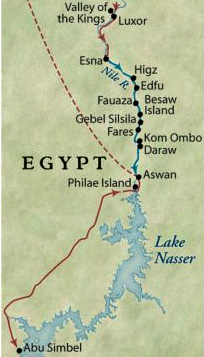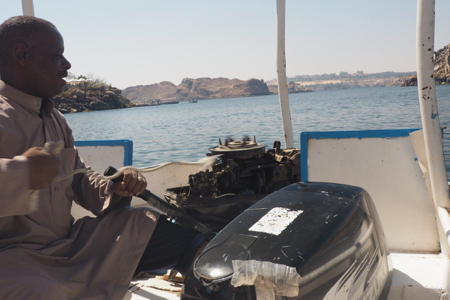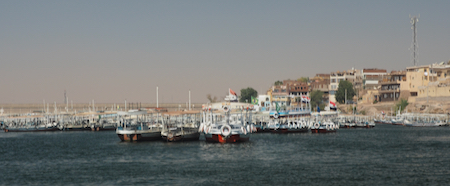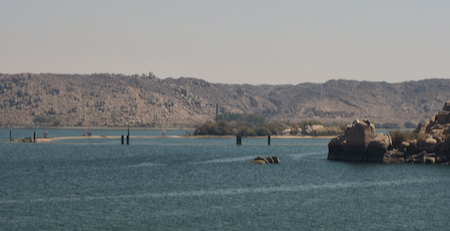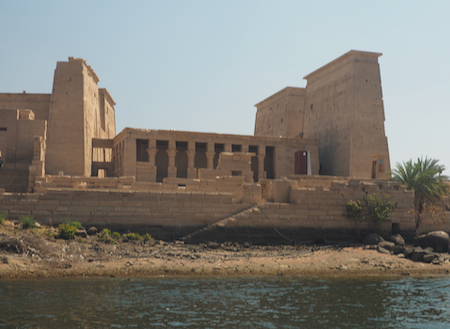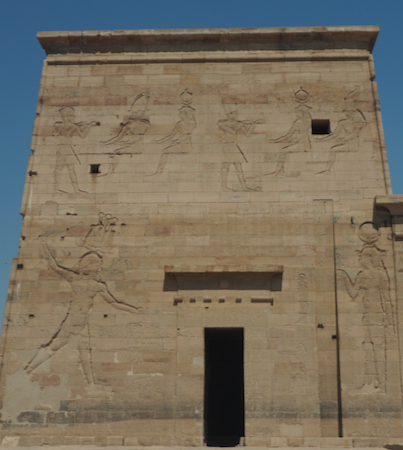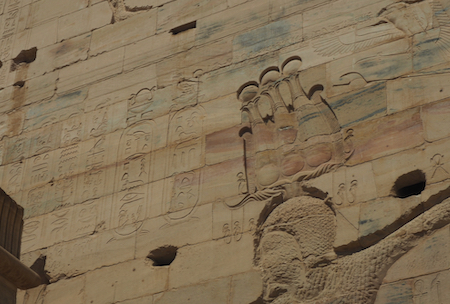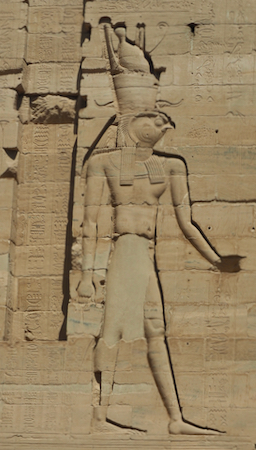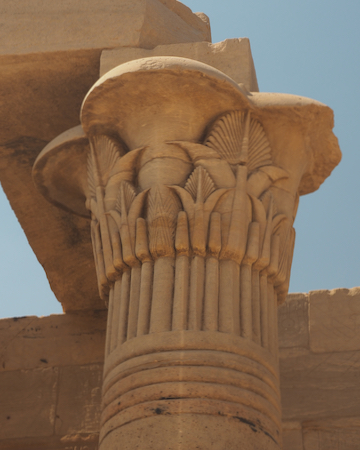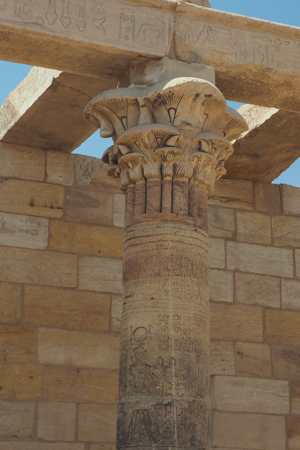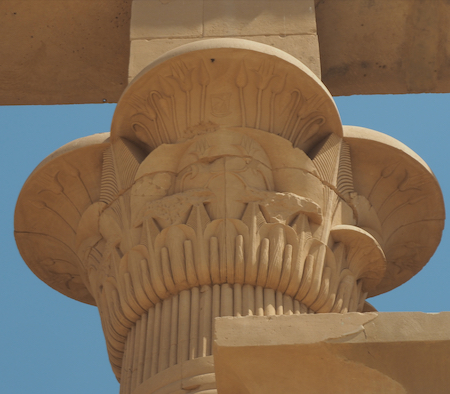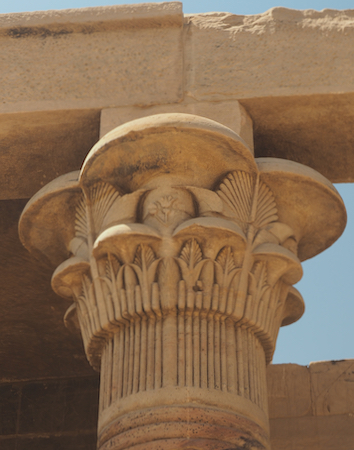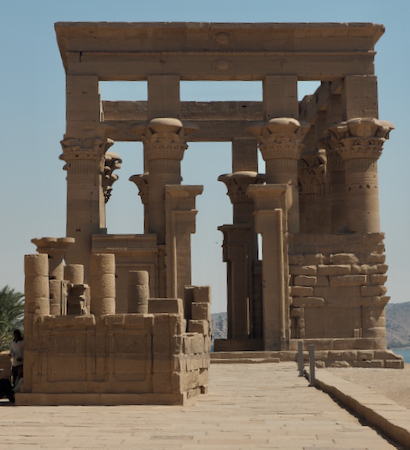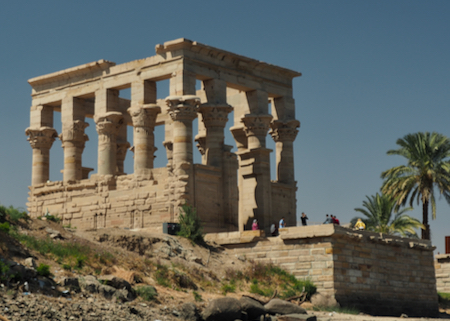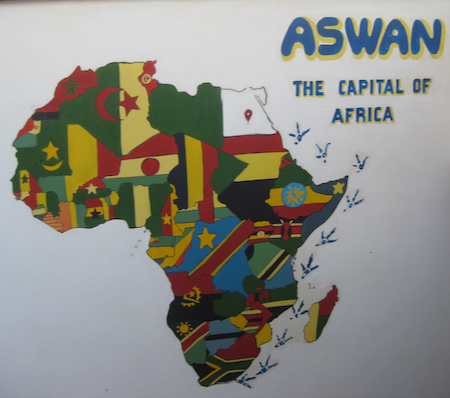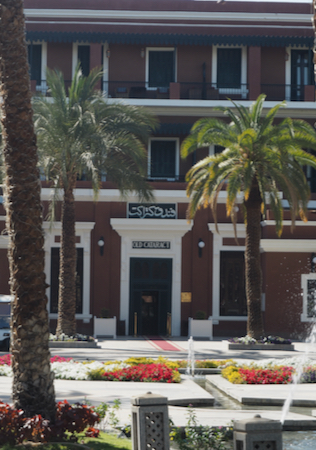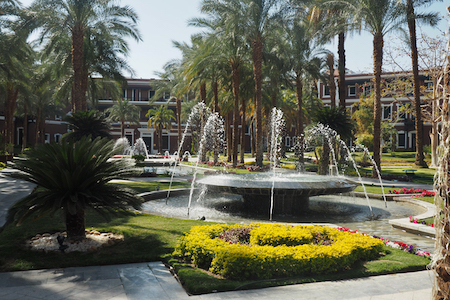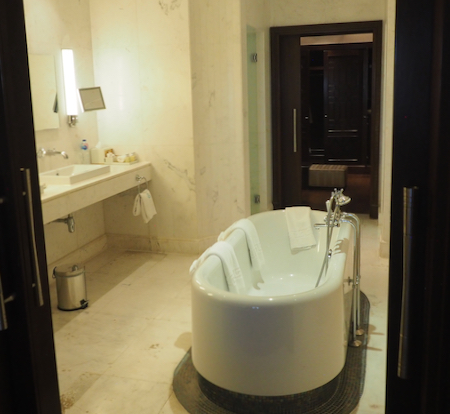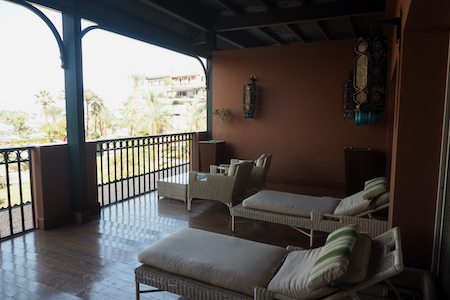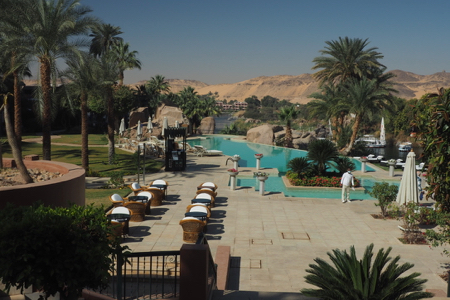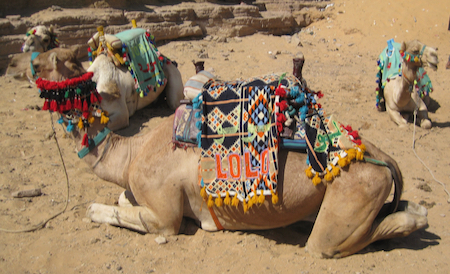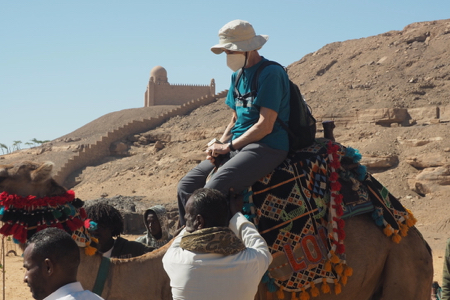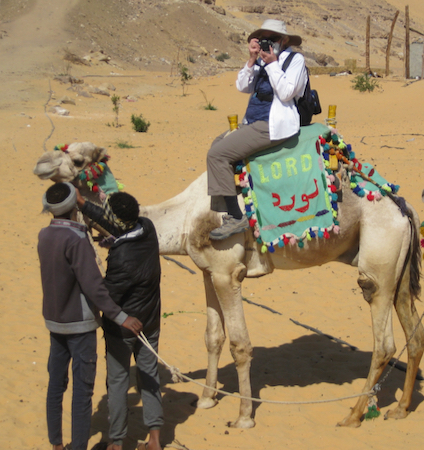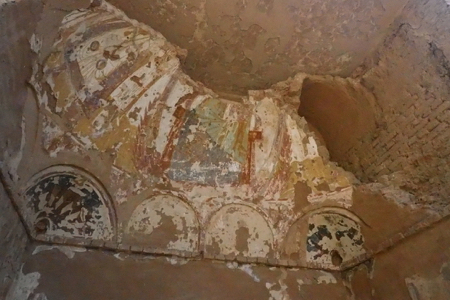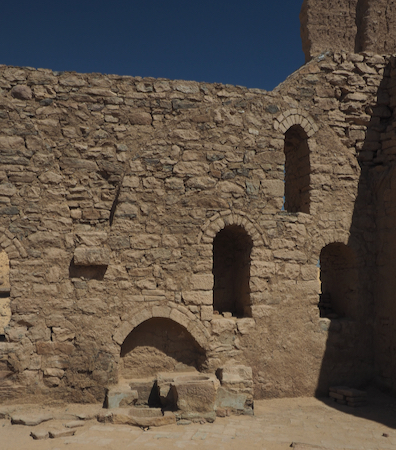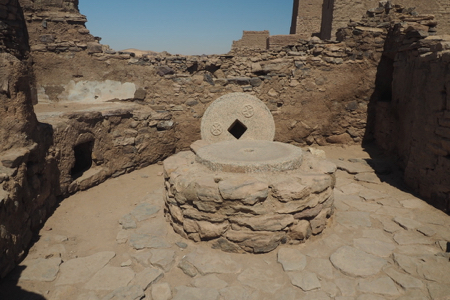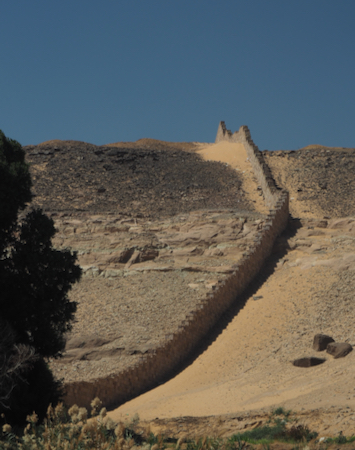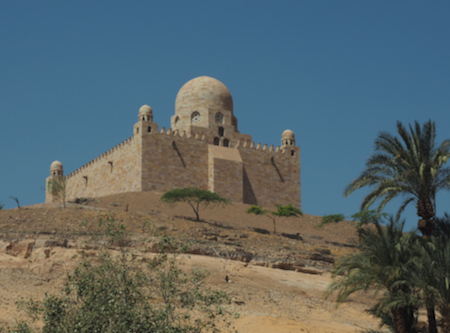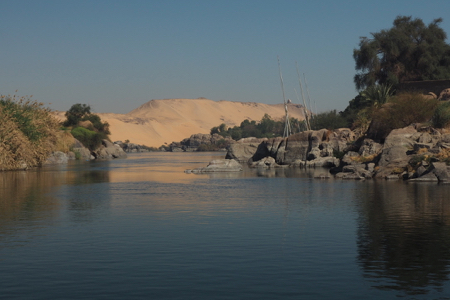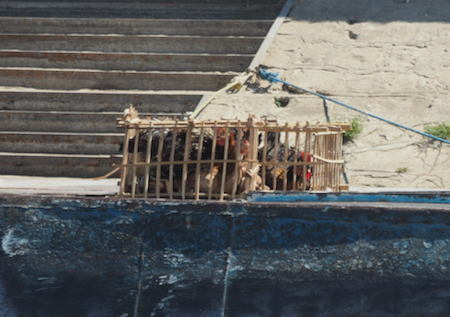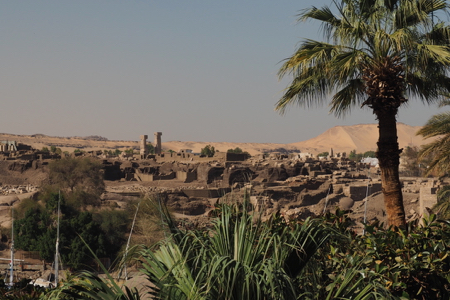Mon., 2/28/22 - Cairo to Aswan on Egypt Air
Breakfast at 5 AM and on the bus at 5:50. An airport rep met us at Cairo Terminal 3 and helped guide us through check-in and security scanning. There was a second scanning just before the jet-way.
The hour and 20 minute flight to Aswan was uneventful. A new bus took us to the river (actually, the lake between the old and the new dams) where we boarded a motor boat to the temple complex of Philae.
The temples on Philae Island were moved to the nearby island of Agilkia because Philae was being covered with river water as a result of the construction of the Aswan High Dam. A wall was built around the island, water was pumped out, sand was put in, and the temples were taken down block by block and rebuilt on the slightly higher island of Agilkia. It cost $15 million to relocate.
The carvings on the limestone blocks are in good shape and tell the stories of Isis, Osiris, and Horus. These temples and many others became Christian churches in the 6th century CE when the priests were given the option of changing the structure to a church or be executed.
Starting our motor launch
Anchorage full of boats - when there are lots of tourists these boats will all be full and fighting to get into the few docking locations to load and unload passengers - it is a circus!
Marks on the rocks show the dropping water level
Submerged Philae Island, original site of the Philae Temple Complex
The main temple of the Philae complex is the Temple of Isis. It was built during the reign of Nectanebo I during 380-362 BCE. The large vertical structures (that look like large walls) are called pylons. The First Pylon of the Temple of Isis contains huge reliefs of Ptolemy XII Neos Dionysos (reigned 80-58 BCE - father of Cleopatra) grasping a band of enemies by the hair and raising his club to smite them. Isis, Horus, and Hathor are also depicted. Beyond the First Pylon is the Outer Courtyard flanked on one side (right) by a Colonnade and Storerooms and on the other by the Birth House. Next is the Second pylon and beyond that the Inner Courtyard and the Sanctuary of Isis.
Temple of Isis relocated to Agilkia Island
First Pylon
On the left: Ptolemy XII Neos Dionysos grasping a band of enemies by the hair and raising his club to smite them
First Pylon
Isis, Horus, and Hathor
Ptolemy XII wearing the Hemhem crown, ancient ceremonial headgear
Colonnade in the Outer Courtyard
Second Pylon - the god Horus
God Osiris, Hieroglyphics, and a Pharaoh (on the right) - Pharaohs are depicted wearing a triangle-shaped garment called a shendyt (triangular kilt)
The Egyptian columns encountered in the temples visited on this trip were fascinating. The capitals are often intricately carved and show the original colors. Likewise, the shafts are usually carved with hieroglyphs, cartouches, and representations of the gods, goddesses, and pharaohs. There will be many pictures of these throughout this presentation.
Egyptian capitals typically feature lotus, palm/palmette, and papyrus carvings on their capitals.
Palmette pattern
Bundled papyrus stalks
Palmette pattern
Palmette pattern
Graffiti on the temple walls
Temple of Horus the Avenger - commonly called the Kiosk of Trajan
Kiosk of Trajan or the Temple of Horus the Avenger
The motor boat took us to another island for lunch - more chicken and rice - and then on to Aswan where our bus took us to our hotel, the Old Cataract, built as a palace in 1902.
Our room is an apartment! There is a large bathroom and a powder room, a desk area, and a large living room, a huge bedroom, a large dressing room with four large closets, two televisions, and an entry foyer. We have a large balcony/patio overlooking the Nile.
Marge went to the spice market and dinner with our group but I stayed in the room and slept.
Nice map of Africa showing the location of Aswan
Old Cataract Hotel at Aswan - Beautiful and Historical
Old Cataract Hotel at Aswan - The grounds
Old Cataract Hotel at Aswan- we had a several-room suite including this fancy bath tub in a huge bathroom - there was also a large, walk-in shower (thankfully!)
Old Cataract Hotel at Aswan - lovely patio overlooking the pool and the river
Old Cataract Hotel at Aswan
Tues., 3/1/22 - Aswan
The buffet at the Old Cataract Hotel is the largest we have seen! There must be 20 covered dishes with food favorites from several different countries. Fruits of many kinds, 10 kinds of jellies, 5 kinds of honey, etc.
Today we crossed to the west bank of the Nile by motor boat and then rode camels up to an old monastery ruins - St. Simeon.
The story of the monastery was rather confusing. The information in the link above describes an earlier monastery (Anba-Hatra), consecrated in the 4th-5th century CE. It was renamed St. Simeon at a much later date.
The wall paintings are dated to the 6th-7th century CE.
The monastery may have had 1,000 monks at one time. Each had a single cell, they ate only the Sunday meal together, and had to work to provide for everyone. The buildings were later used as a stopover for pilgrims from the south (Sudan) going to Mecca. The building has the remains of two ovens, a wine press, a mill, a refectory, a chapel, and a basilica. There is evidence of fresco work and lots of graffiti scratched into the walls over the centuries.
Lola was Gale's camel
Lord was Marge's camel - his gait was rather rocky, not at all as smooth as that of other camels I have ridden
Monastery of St. Simeon
Fragments of a painting depicting 24 priests with haloes
On the ceiling are portraits of the Saints with haloes and framed in large squares and octagons (6th-7th century CE)
Kitchen area
Interior
Oil press
After our monastery visit, we rode the camels back to the boat and took a short cruise among the cataracts to see herons, egrets, king fishers, coots, and three water buffalo.
We disembarked in Aswan for lunch. It was more chicken and rice. Dessert was half of a waffle with Nutella and chocolate syrup and a few banana slices.
Stone wall - purpose unknown
Mausoleum of Aga Khan
Boating amongst the rocks and small islands
Could this be lunch waiting for us on the Aswan dock?
Coptic Orthodox Cathedral of the Archangel Michael
Felucca on the Nile
Ruins on the west bank of the Nile across from our hotel
The afternoon was free to enjoy our beautiful patio and then, in the evening, to attend another home-hosted meal. Dinner was at the home of an older woman whose two daughters spoke English and served the meal. I learned about stuffing baby eggplant and zucchini with rice and hamburg by scooping out the insides and scoring the peel. They cooked enough for 25 people, but it was all very tasty.
| Return to Top | Return to Itinerary | Return to Trips page to view other trips | Return to Dreamcatcher Home Page |
